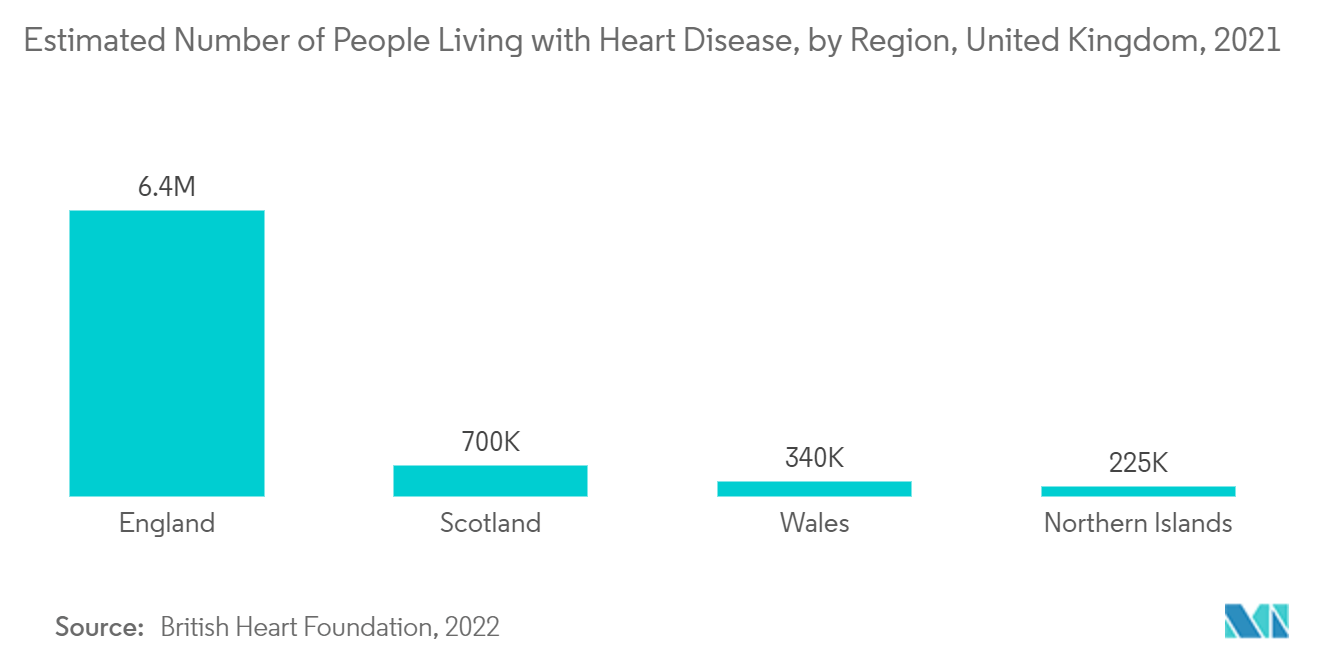Market Trends of Hybrid Operating Room Industry
This section covers the major market trends shaping the Hybrid Operating Room Market according to our research experts:
Cardiovascular Segment is Expected to Hold a Significant Market Share During the Forecast Period
Hybrid cardiovascular interventions integrate techniques for cardiac and vascular surgeries with the aim of minimizing invasiveness. Hybrid procedures such as transcatheter aortic valve replacement (TAVR), endovascular thoracic (TEVAR) or abdominal (EVAR) aortic repair, and combined percutaneous coronary intervention (PCI) with structural heart intervention are now being implemented, thereby maximizing the benefits of the procedure in lesser time for the patients. With documented enhanced results being delivered by these procedures compared to traditional surgeries and decreasing patient procedural duration, the demand for these hybrid procedures is increasing among patients.
The most frequent type of heart surgery is coronary artery bypass graft surgery, often known as coronary artery bypass or bypass surgery, according to the Cedars-Sinai. Annually, more than 300,000 Americans undergo a successful bypass surgery. The CDC estimated that 20.1 million patients aged 20 and above would have coronary heart disease in the United States. Additionally, according to CDC statistics, a heart attack occurs every 40 seconds, and every year, nearly 805,000 Americans experience a heart attack. Thus, it is anticipated that the rising prevalence of cardiovascular diseases will increase the demand for heart surgeries and increase the need for hybrid operating rooms in healthcare facilities.
Hence, the increasing number of heart surgeries is predicted to fuel the growth of the market studied over the forecast period.

North America is Expected to Hold Significant Share in the Market Over the Forecast Period
Large investments made by hospitals, increasing demand for minimally invasive operations, and the developed healthcare sector with many well-known firms are the key factors responsible for the dominance of North America in the hybrid operating rooms market. In addition, the North American market is expanding due to high per capita income, increased patient visits to doctors, and technical developments brought on by abundant funding. According to data from the American Hospital Association (AHA), in 2022, there were 6,093 operating hospitals in the United States as opposed to 5,534 in 2016. Therefore, a sharp expansion in hospital capacity and rising hospital admissions are anticipated to boost surgical procedures and the demand for related equipment. This opens up the possibility of increasing the demand for surgical rooms in hospital settings, which is anticipated to accelerate market growth in the country.
Moreover, public and private sector healthcare expenditures have increased in Canada in recent years. This is also increasing opportunities for the surgical case carts market. For instance, the data updated by Canadian Institute for Health Information in November 2021 shows that Canada invested USD 230,005 million and USD 78,038.3 million in the public and private sectors, respectively, in 2021. Thus, the increasing healthcare expenditure is predicted to impact the development and restructuring of healthcare settings in the country.
Thus, the abovementioned factors are expected to increase the market growth.


